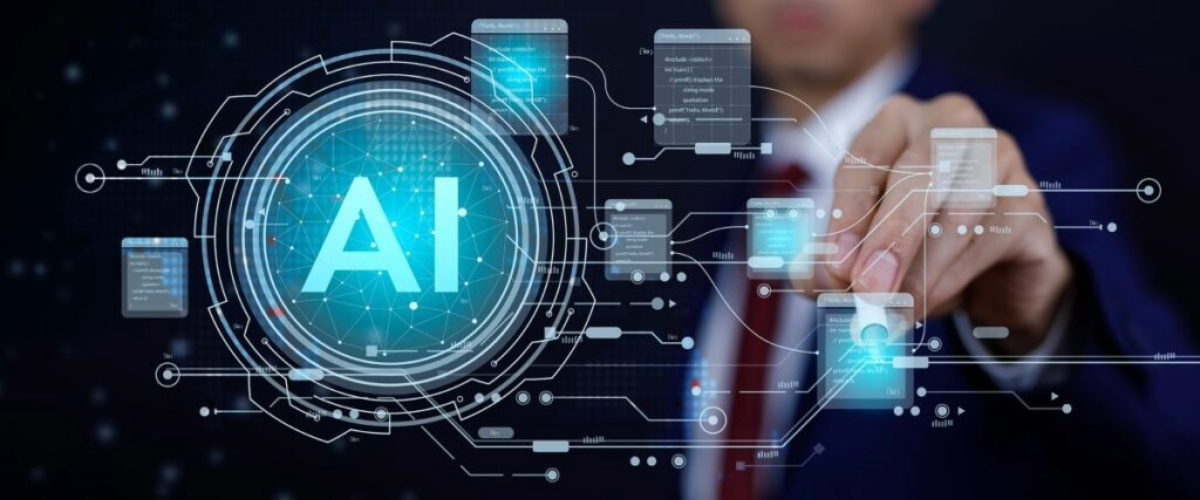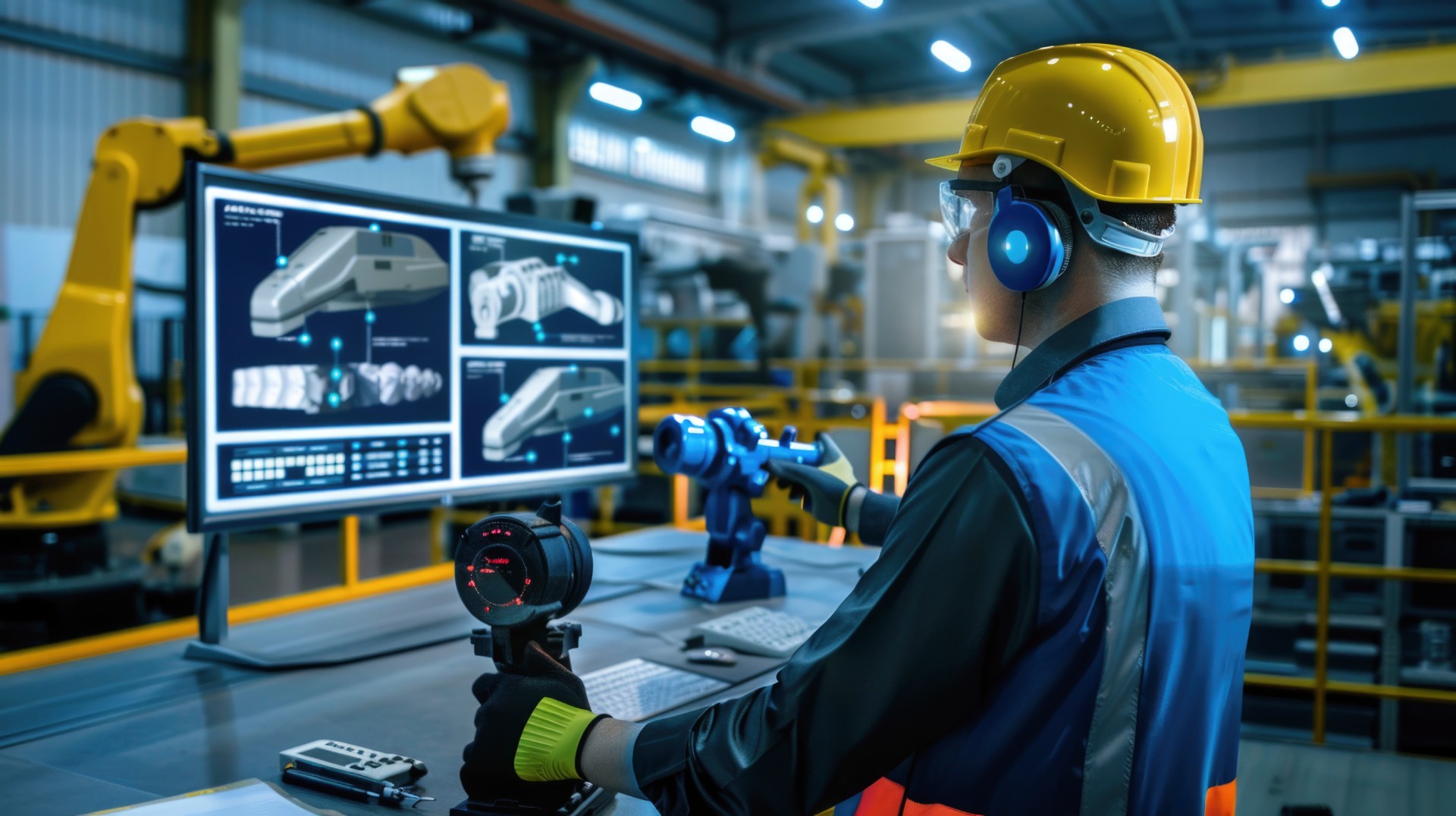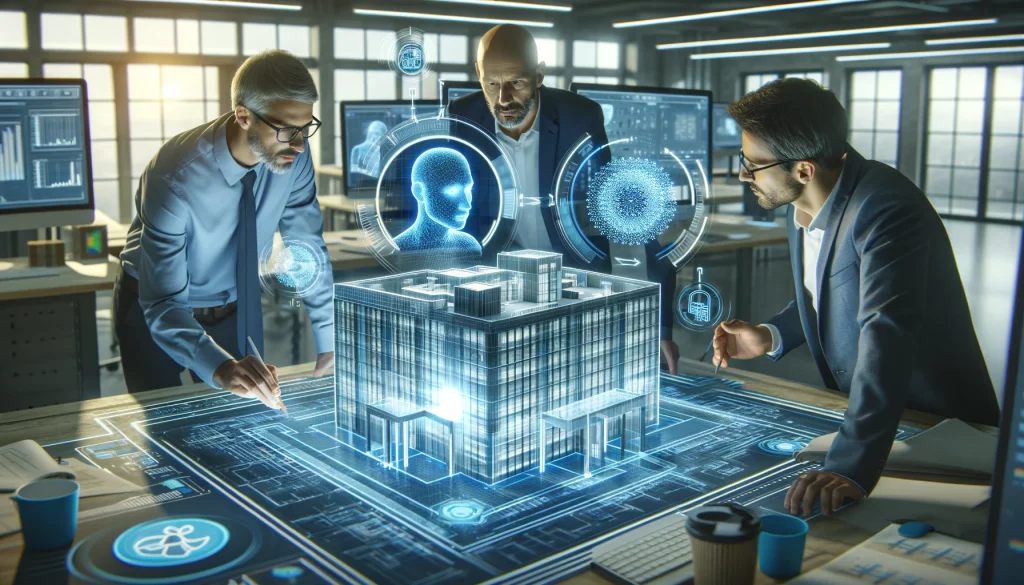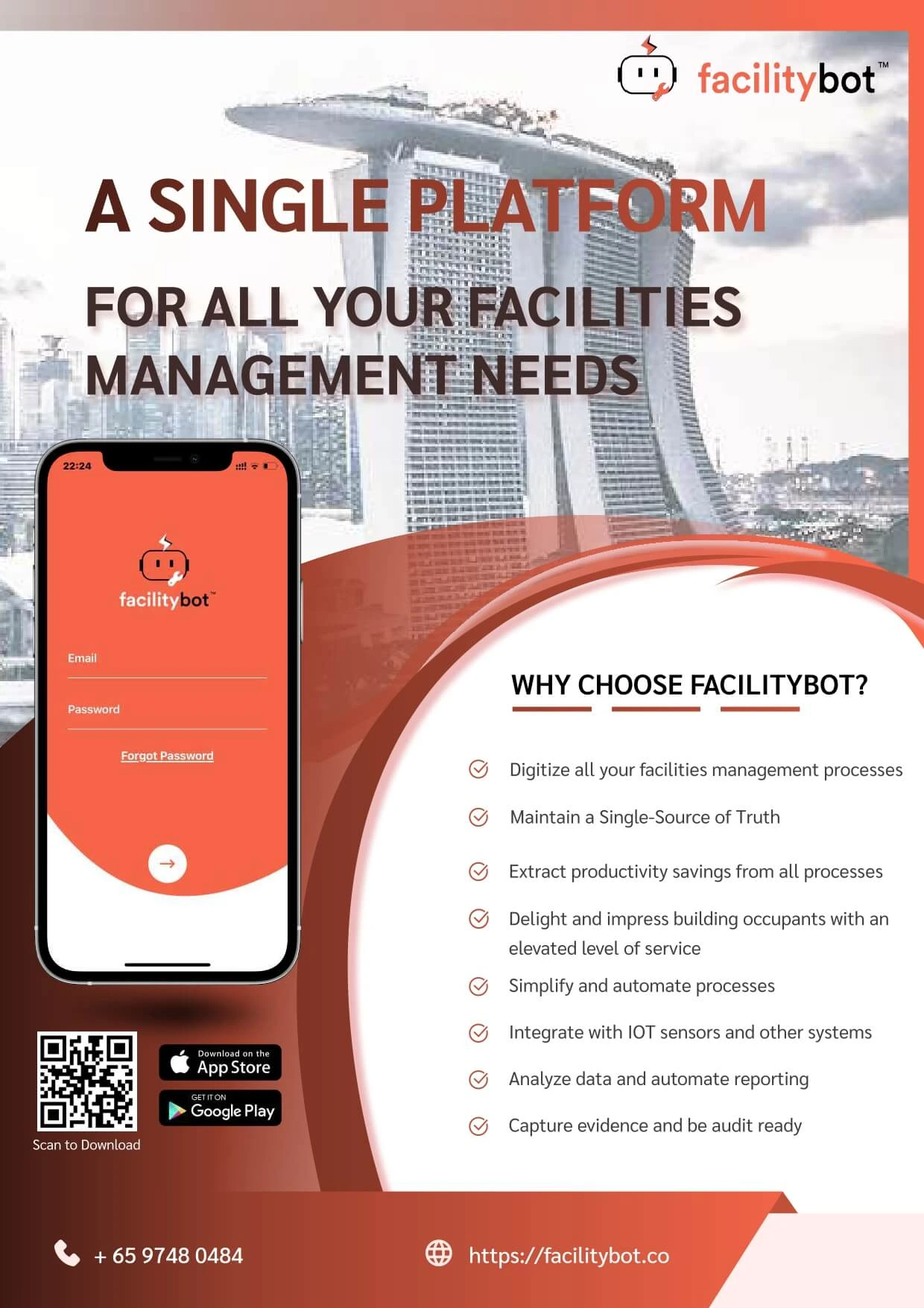Facility management is rapidly evolving in 2025, driven by the growing need for automation, efficiency, and smarter decision-making. For years, Computerized Maintenance Management Systems (CMMS) have been the backbone of maintenance operations. However, the rise of artificial intelligence (AI) is transforming the industry — offering predictive insights, automation, and measurable returns that traditional systems simply can’t match.
As businesses look to modernize, many are asking the same question: CMMS vs AI in facility management — which delivers better ROI?
This article by facilitybot breaks down the differences, benefits, and real-world ROI of traditional CMMS versus AI-powered facility management software, helping you make an informed choice for your organization.
Understanding CMMS and AI in Facility Management
What is a Traditional CMMS?
A traditional Computerized Maintenance Management System (CMMS) is a software platform designed to manage maintenance operations, including:
- Work order management
- Preventive maintenance scheduling
- Asset tracking
- Inventory control
- Maintenance history logging
CMMS tools are effective for digitizing manual processes and improving recordkeeping, but they rely heavily on user input and static schedules.
What is AI-Powered Facility Management Software?
AI-powered facility management software goes beyond automation — it learns from data. Using machine learning, predictive analytics, and natural language processing (NLP), AI tools continuously analyze asset performance, predict failures, and optimize maintenance workflows.
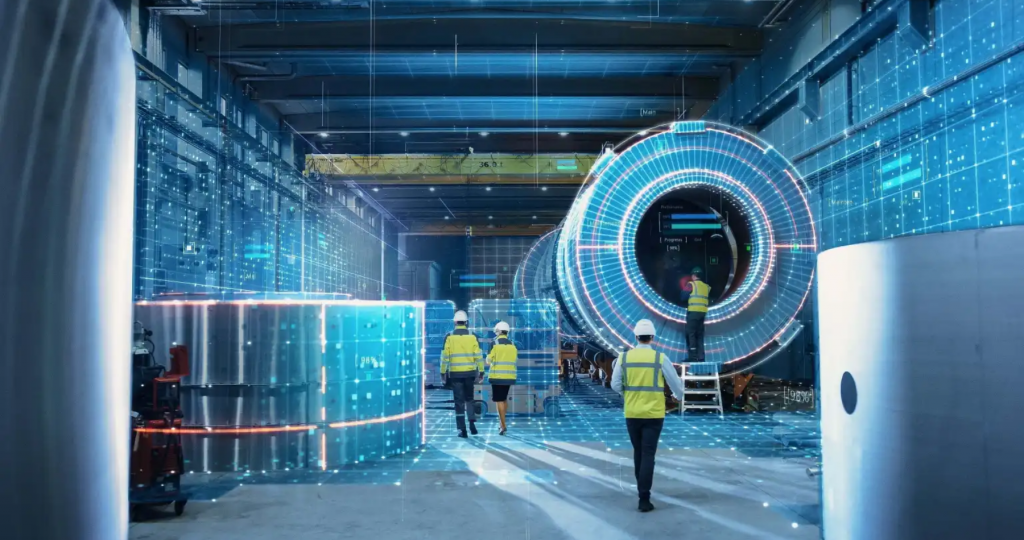
In short, AI turns your CMMS into a proactive, self-improving system that anticipates issues before they happen.
CMMS vs AI in Facility Management: Key Differences
| Feature | Traditional CMMS | AI-Powered Facility Management |
|---|---|---|
| Maintenance Approach | Preventive (scheduled) | Predictive (data-driven) |
| Decision-Making | Manual, human-based | Automated, AI-driven |
| Data Analysis | Basic reporting | Advanced analytics & forecasting |
| Fault Reporting | Manual work orders | Automated detection & categorization |
| Energy Optimization | Minimal | AI-based energy monitoring & savings |
| Communication | Email or app-based | Chatbots, NLP, and instant updates |
| ROI Timeline | Long-term, moderate | Faster and compounding over time |
Traditional CMMS helps facilities manage maintenance. AI-powered systems help them optimize it.
How AI Improves ROI Compared to Traditional CMMS
1. Predictive Maintenance for Cost Reduction
One of the biggest advantages of AI over CMMS is predictive maintenance. Traditional CMMS schedules maintenance based on fixed time intervals. In contrast, AI monitors real-time equipment data (temperature, vibration, energy use) to predict when maintenance is actually needed.
This data-driven approach eliminates unnecessary servicing, reduces downtime, and cuts operational costs — directly improving ROI.
2. Automated Fault Detection and Response
AI systems like FacilityBot use chatbots and computer vision to identify and categorize faults instantly. Tenants can report issues via WhatsApp, Teams, or Slack, and AI automatically routes the request to the right technician.

This automation reduces administrative burden, speeds up repairs, and boosts tenant satisfaction — all contributing to higher returns.
3. Smarter Energy Management
AI analyzes usage patterns from HVAC, lighting, and electrical systems to reduce energy waste. By adjusting operations dynamically, AI-driven facility management software can lower energy costs by 10–30%.
Traditional CMMS lacks this level of real-time optimization, meaning higher utility bills and inefficiencies.
4. Intelligent Asset Management
AI provides insights into asset lifespan, utilization rates, and performance metrics. This enables facility managers to plan replacements, manage inventory, and forecast budgets more accurately.
In contrast, traditional CMMS often relies on outdated manual inputs, which can lead to errors and suboptimal planning.
5. Data-Driven Decision-Making
AI in facility management converts raw data into actionable insights. Dashboards visualize trends, highlight problem areas, and recommend improvements.
This allows facility managers to make informed decisions faster, improving operational efficiency and financial performance. A traditional CMMS can only report past data — AI predicts the future.
6. Enhanced User Experience with AI Chatbots
AI-powered chatbots and natural language processing (NLP) improve how tenants and staff interact with facility systems. Instead of logging into software or filling out long forms, users can simply message their requests.
This reduces friction, increases engagement, and ensures faster issue resolution. Traditional CMMS platforms often require more manual interaction, slowing response times.
7. Continuous Learning and Optimization
Unlike static CMMS systems, AI continuously learns from every interaction and data point. The more it operates, the more accurate and efficient it becomes.
This compounding intelligence boosts ROI over time — while traditional CMMS systems often plateau after initial setup.
Measuring ROI: CMMS vs AI-Powered Facility Management
To evaluate ROI, let’s compare the key outcomes achieved by both systems:
| ROI Metric | Traditional CMMS | AI-Powered Facility Management |
|---|---|---|
| Maintenance Cost Reduction | 10–15% | 25–40% |
| Downtime Reduction | 20% | 50%+ |
| Energy Savings | Minimal | 10–30% |
| User Response Time | Manual | Instant (via chatbots) |
| Data Accuracy | Moderate | High, real-time |
| Long-Term ROI | Moderate | High, compounding growth |
AI-powered systems deliver faster, measurable results by focusing on prediction, automation, and continuous optimization.
Challenges in Adopting AI Over Traditional CMMS
Transitioning from a traditional CMMS to an AI-powered facility management platform requires strategic planning. Common challenges include:
- Integration with Legacy Systems: Older CMMS platforms may not easily connect to IoT or AI systems.
- Upfront Costs: Implementing AI requires investment in sensors, cloud infrastructure, and training.
- Change Management: Facility teams need to adapt to AI-driven processes and trust algorithmic decisions.
- Data Privacy: With more connected devices, ensuring data security becomes essential.
However, once implemented, the long-term benefits far outweigh these initial hurdles.
The Future of Facility Management Software
The future of facility management lies in merging traditional maintenance practices with AI intelligence. Hybrid systems — combining the structured workflows of CMMS with AI’s predictive and analytical power — will dominate the market.
Emerging trends include:
- Digital Twins: Creating virtual models of buildings for real-time simulation.
- IoT Integration: Connecting thousands of sensors for instant monitoring.
- AR Maintenance: Technicians using augmented reality to guide repairs.
- Sustainability AI: Using algorithms to meet green building standards and reduce carbon emissions.
By 2030, facilities are expected to be largely self-managing, with AI systems handling scheduling, energy optimization, and maintenance automatically.
Conclusion
When comparing CMMS vs AI in facility management, the verdict is clear — AI delivers a stronger, faster, and more sustainable return on investment.
While traditional CMMS software remains useful for digitizing basic maintenance operations, AI-powered facility management platforms go beyond by predicting failures, automating workflows, and optimizing energy use.
For organizations aiming to stay competitive, adopting AI-driven solutions like FacilityBot can transform facilities into smarter, more efficient, and cost-effective ecosystems.
In the race for better ROI, AI isn’t just the future — it’s the new standard in facility management.
